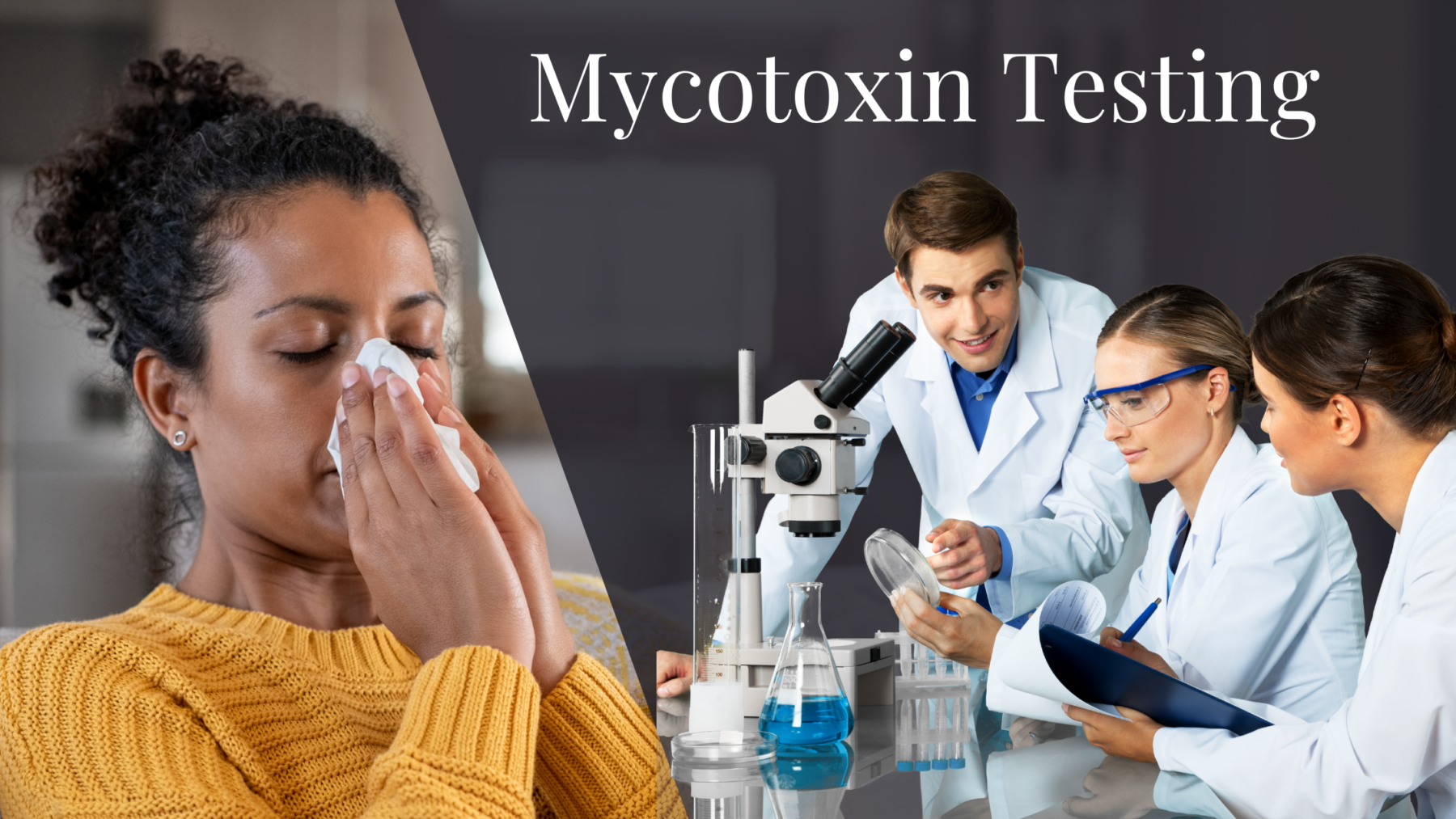Improve Your Security Methods with Expert Mycotoxin testing Services
Improve Your Security Methods with Expert Mycotoxin testing Services
Blog Article
Just How Mycotoxin Testing Helps Avoid Contamination and Secure Food Products

Mycotoxin screening is an important technique in the food industry, serving as a frontline protection versus contamination by damaging toxins created by mold and mildews. Via the application of sophisticated methods like High-Performance Fluid Chromatography (HPLC) and Fluid Chromatography-Mass Spectrometry (LC-MS), food producers can precisely quantify and discover mycotoxin degrees in farming items.
Understanding Mycotoxins
Understanding mycotoxins begins with recognizing that they are harmful additional metabolites created by specific molds, which can pollute agricultural products. These metabolites are not crucial for the development or reproduction of the fungi however can have severe implications for human and animal health. Mycotoxins are commonly located in staple plants such as corn, wheat, barley, and nuts, where they can multiply under specific problems of dampness and temperature level.
There are numerous kinds of mycotoxins, each generated by various fungal varieties. Fusarium varieties create trichothecenes and fumonisins, both of which are linked with different acute and persistent wellness concerns.

Dangers of Mycotoxin Contamination
The dangers of mycotoxin contamination are multifaceted, presenting significant hazards to both food security and public wellness. Mycotoxins, hazardous substances generated by specific kinds of fungi, can infect a broad array of agricultural items including grains, nuts, spices, dried out fruits, and coffee.
Financial effects are one more significant concern. Polluted plants can lead to substantial economic losses for farmers and food producers as a result of decreased returns and the demand for costly purification measures. In addition, international profession can be considerably prevented as nations apply rigorous mycotoxin regulations to safeguard their populaces, bring about rejected shipments and strained profession connections.
Environmental elements such as environment modification aggravate the risk of mycotoxin contamination. Variations in temperature level and moisture can develop beneficial conditions for fungal growth, enhancing the possibility of contamination occasions. Therefore, understanding and minimizing these threats are essential for ensuring the safety and integrity of global food supplies.
Methods of Mycotoxin Testing
Properly recognizing mycotoxin contamination in farming items is necessary for securing public health and keeping food safety standards. Various approaches are used to identify and evaluate mycotoxins, each offering certain advantages and limitations.
High-Performance Fluid Chromatography (HPLC) is an extensively utilized technique due to its high level of sensitivity and accuracy. It includes separating mycotoxins from various other compounds in a sample, enabling accurate metrology. Likewise, Liquid Chromatography-Mass Spectrometry (LC-MS) combines fluid chromatography with mass spectrometry to offer detailed molecular info, making it especially useful for recognizing multiple mycotoxins concurrently - Mycotoxin testing Services.

Gas Chromatography-Mass Spectrometry (GC-MS) and Thin-Layer Chromatography (TENDER LOVING CARE) are likewise utilized, each with distinct applications. GC-MS is efficient for unstable mycotoxins, while TLC offers a simpler, affordable option for preliminary screening.
Advantages of Normal Checking
Routine testing for mycotoxins in farming items provides various benefits, significantly contributing to public health and food safety and security. By recognizing contamination early, routine testing aids stop the distribution of toxic foods, consequently minimizing the danger of mycotoxin-related diseases among consumers. This aggressive technique not just safeguards human health yet likewise enhances the total high quality of food supplies.
Different countries and areas have actually established strict limits for mycotoxin levels in food and feed. Adhering to these limitations via regular testing makes sure that manufacturers and suppliers fulfill lawful standards, consequently staying clear of fines and trade barriers.
Additionally, routine mycotoxin testing can cause substantial financial benefits. Early detection of contamination permits for prompt treatment, reducing potential losses from widespread contamination. Carrying out normal screening methods can additionally decrease recall prices and relevant responsibilities, which can be financially devastating.
Additionally, routine testing offers important data that can inform better agricultural practices and storage problems. By recognizing patterns of contamination, manufacturers can adopt safety nets, thereby adding and decreasing future dangers to the sustainability of the food supply chain.
Executing Testing Protocols
Implementing reliable mycotoxin screening methods is essential for guaranteeing the safety and top quality of farming items. Establishing a durable screening structure includes numerous vital steps, starting with the recognition of potential contamination points within the production and supply chain. This consists of pre-harvest, post-harvest, storage space, and distribution stages. Each stage should be scrutinized to determine where mycotoxin contamination is probably to occur.
Once essential control points are recognized, selecting ideal testing approaches is vital. Usual methods consist of enzyme-linked immunosorbent assay (ELISA), high-performance liquid chromatography (HPLC), and mass spectrometry (MS) Each technique has its strengths and weaknesses; hence, selecting the proper one depends on the certain mycotoxin being tested, the needed level of sensitivity, and available resources.

Finally, integrating the screening procedures right into a thorough food security management system is a good idea. This enhances traceability and makes it possible for swift rehabilitative actions when contamination is discovered, thereby securing the integrity of the food supply chain.
Final Thought
Mycotoxin screening is important in stopping contamination and guarding food products by making it possible for early detection of hazardous toxic substances created by mold and mildews in agricultural products. Normal screening enhances brand reputation, financial stability, and trust in food safety by reducing contamination-related losses and maintaining high standards in food production.
Mycotoxin testing is an important method advice in the food market, serving as a frontline defense against contamination by hazardous toxins produced by mold and mildews. An incorporated strategy entailing agricultural practices, storage space monitoring, and routine testing can reduce the risks associated with mycotoxin contamination, guaranteeing food safety and public health.
The threats of mycotoxin contamination are complex, presenting significant risks to both food safety and public wellness.Routine testing for mycotoxins in agricultural items uses many benefits, considerably contributing to public wellness and food security.Mycotoxin screening is necessary in avoiding contamination and safeguarding food supplies by making it possible for very early detection of damaging toxic substances created by Read More Here molds in agricultural products.
Report this page